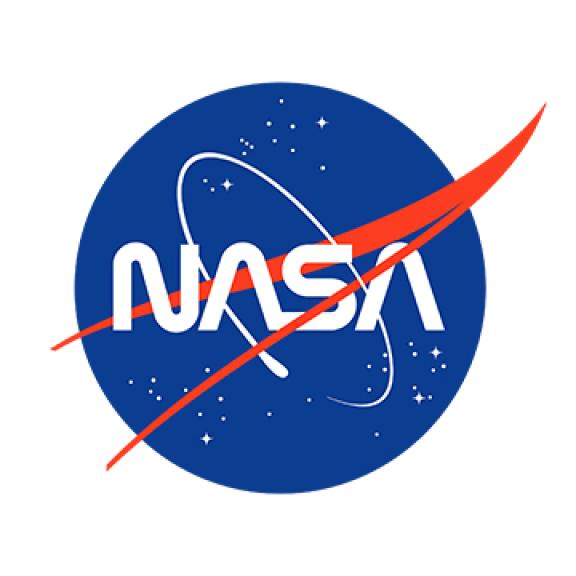Image

NASA Resources:
Webb Telescope Gallery - https://webbtelescope.org/resource-gallery
Activity Guide - https://outerspace.stsci.edu/display/WSTCE?preview=/97289002/97289058/Activity%20Guides.docx
Seeing Starlight with the James Webb Space Telescope
PCCLD Resources:
Books (electronic, print, and audio) - Space Telescope Book List https://catalog.pueblolibrary.org/MyAccount/MyList/3898
Science Reference Center articles:
Mather, J. (2021). The James Webb Space Telescope lives! (cover story). Astronomy, 49(10), 14.
:
This is the nearest place to Earth where a single umbrella (called a sunshade) can protect the telescope from the heat of the Sun, Earth, and the Moon. Instead, we will push the telescope out near the Sun-Earth L2 Lagrange point, which you can find by extending the line from the Sun to Earth 930,000 miles (1.5 million kilometers) farther. FEATURES GLO:ast/01oct21:14n1.jpg PHOTO (COLOR): The James Webb Space Telescope will be protected from heat from the Sun and Earth by a sunshade, allowing the observatory to gaze deeper into the infrared sky than any previous telescope. Four projects are already under study by NASA: the far-infrared Origins Space Telescope, cooled to -452 F (-269 C, or 4 kelvins); the Lynx X-ray telescope, with much better mirrors and detectors than any of its predecessors; and the Habitable Exoplanet Observatory and Large UV/Optical/IR Surveyor telescopes, operating at near-ultraviolet, visible and near-infrared wavelengths, and optimized for directly imaging exoplanets. [Extracted from the article]
Grossman, L. (2021). The Origami Satellite. Science News, 200(7), 26.
The article discusses that James Webb Space Telescope is ready to be launched later this year. Topics of discussion includes for the awkward shape to fit on a rocket, Webb will launch folded up, then unfurl itself in space this is why it is known as origami satellite. Webb will look at galaxies and stars as they were just 400 million years after the Big Bang.
Geithner, P. H. (2021). Building the James Webb Space Telescope. Sky & Telescope, 142(5), 20.
BIGGER IS BETTER The larger a telescope's mirror, the more resolving power and sensitivity it can have: At a given wavelength, a telescope with an aperture twice as wide will resolve detail twice as fine and collect four times as much light. FEATURES Telescopes are powerful tools of exploration, enabling humans to probe far beyond where we can go ourselves or with robots. Hubble "sees" primarily ultraviolet and visible light, with some capability to observe at the shortest near-infrared wavelengths
https://search.ebscohost.com/login.aspx?direct=true&db=sch&AN=152051138&site=scirc-live
https://search.ebscohost.com/login.aspx?direct=true&db=sch&AN=152051138&site=scirc-live








